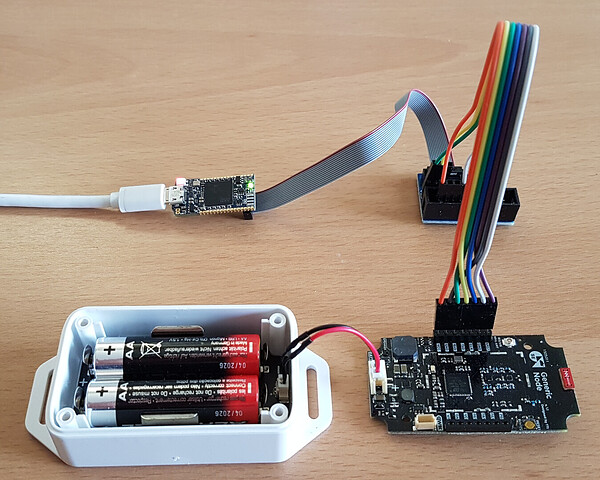@Jeff-UK, this may help: GitHub - HeadBoffin/Pico-Three-Way-Serial: Serial communications example/starter for the Raspberry Pi Pico board
Perfect thanks, from the Github : the application is for a comms module on a UART like ESP8266 for Wifi or a LoRa/LoRaWAN AT based module and have a GPS on another UART : Just what I need 
p.s. took nearly a month but finally got the picture to load and completed the post! (Remembered that one and couple of other pics had been interupted during phone download - looks like however it was corrupted stopped forum loading - 2nd pull from phone worked fine  )
)
 Would be interesting to hear here if other Forumites have a Pico working with LoRaWAN/TTN…come on guys get posting!
Would be interesting to hear here if other Forumites have a Pico working with LoRaWAN/TTN…come on guys get posting! 
Made a programmer/debugger/serial/power cable loom for my Generic Node Sensor Edition:
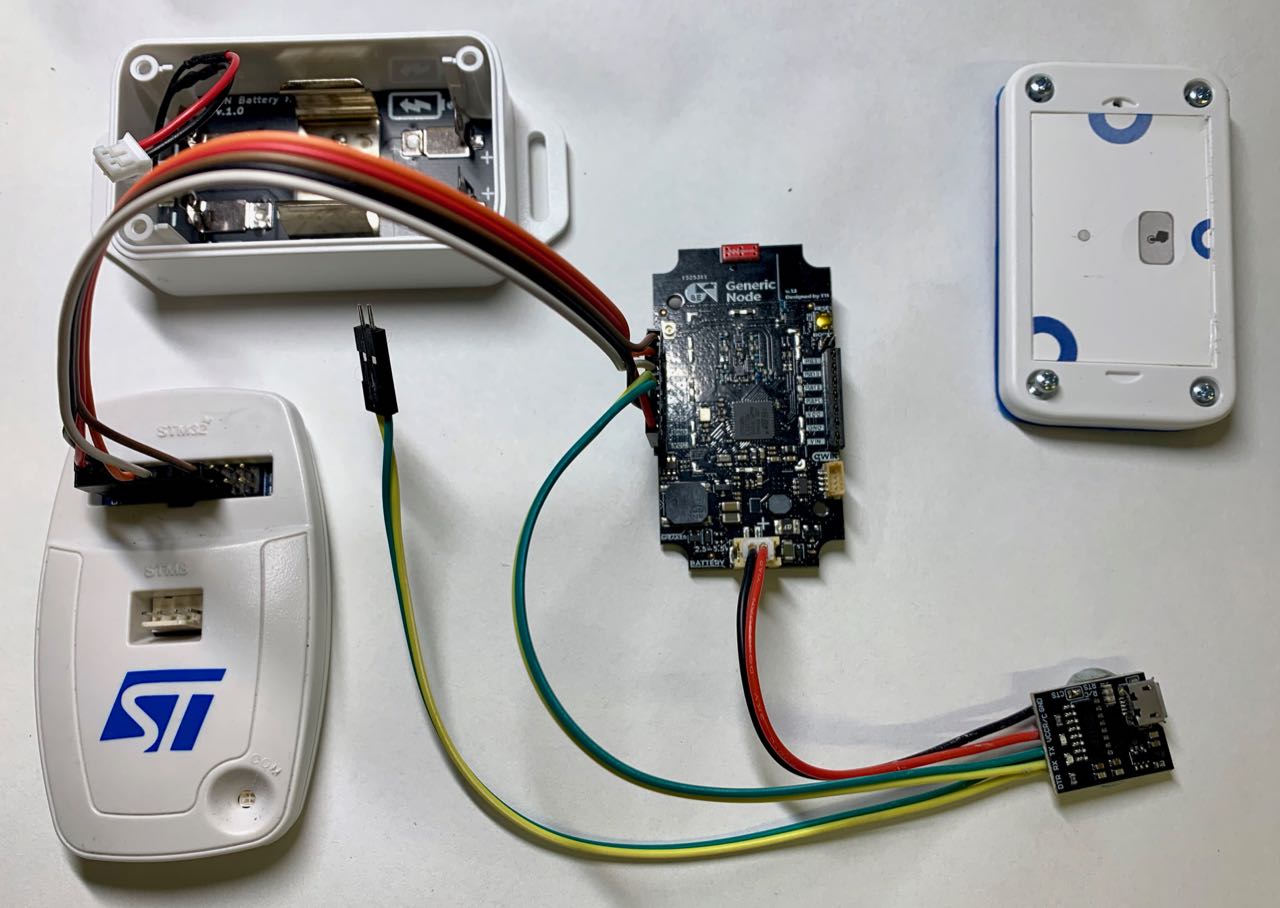
The double lead from the USB-Serial adapter allows for monitoring the serial feed without having to plug in / power the ST-Link.
TinyThing4200 = ProMini with RAK4200 to off-load the LoRaWAN element, leaving plenty of space for sensors and extended firmware but still accessible for those that don’t code ARM all day every day.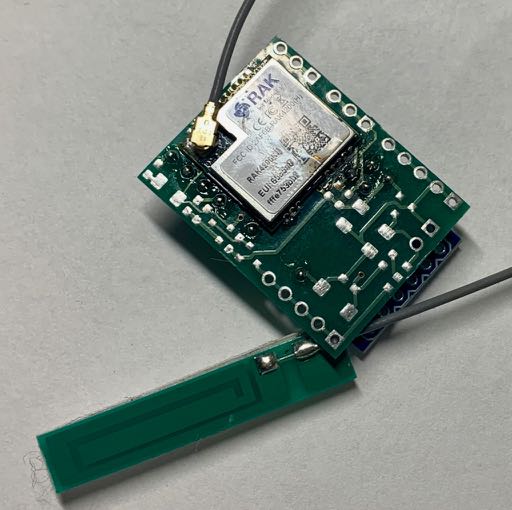
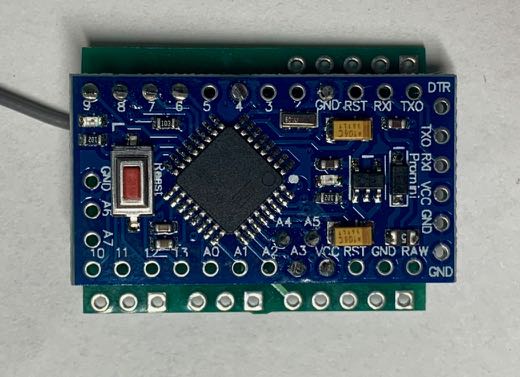
MiniPrototyping4200 = ProMini, RAK4200 and a surfeit of connectors. Pile of these about to go out with a variety of sensors to do some getting started training via remote.
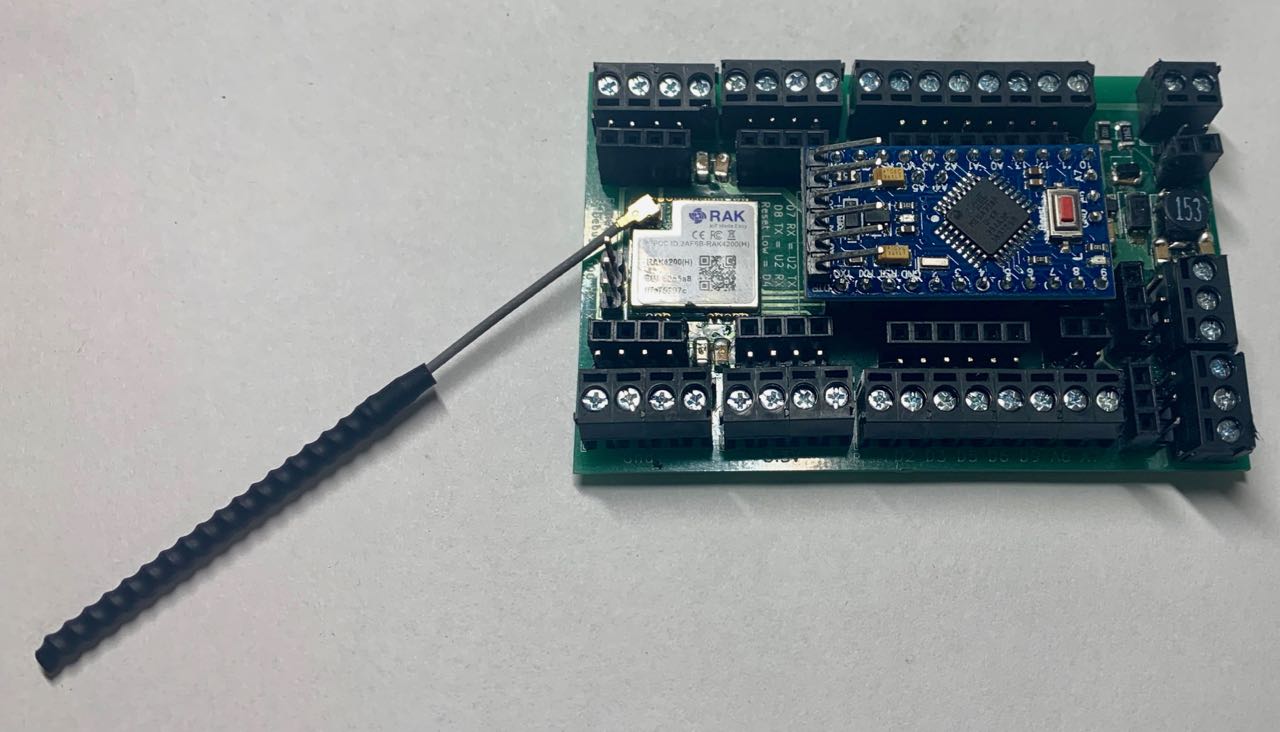
There will be a TTIG in the box for their local gateway.
Here is my version. It does not provide power but has the advantage that it requires only one USB port (because the STLink-V3MINI supports this).
The small adapter board is not standard included with STLINK-V3MINI but comes provided when ordering from Waveshare.
Today I investigated the performance of the Aurel GP 868 antenna that can be purchased at Conrad (Aurel GP 868 Ground Plane Antenne Antenne | Conrad.nl).
This antenna is nice looking with rubber protection at the ends of the radials
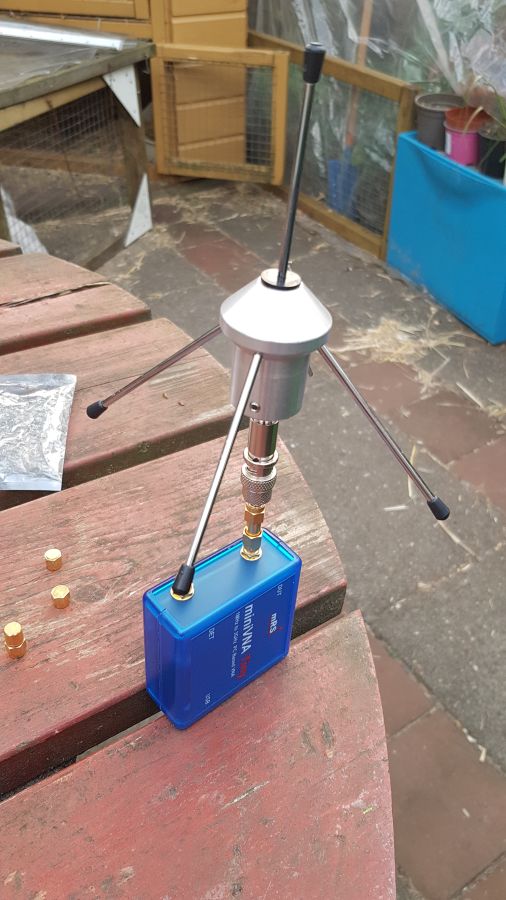
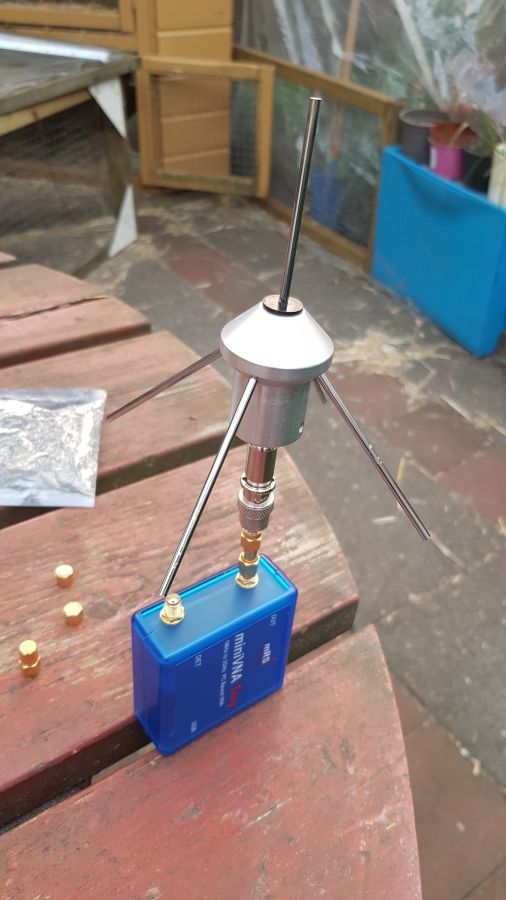
From experience, I know that these rubbers will detune the antenna frequency down, and when I verified the antenna I found that the 868 MHz antenna actually was resonant at 816 MHz and not 868 MHz. At the resonant frequency, antenna performance is pretty good with 18 dB return loss. However, at 868 MHz return loss was 9 dB. That did not meet my quality standards.
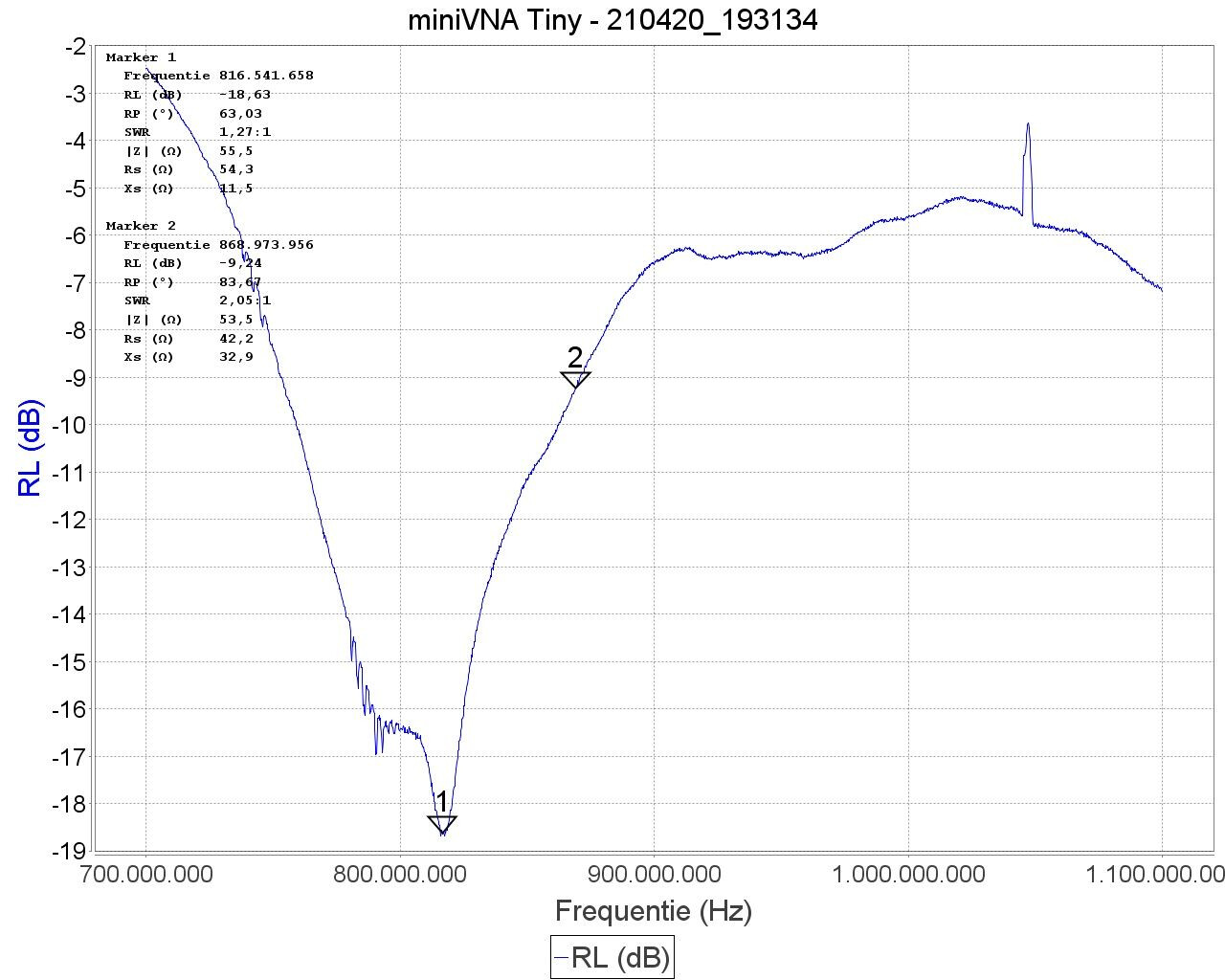
Because the antenna resonance frequency was lower than 868 MHz the elements of the antenna were too long and can be shortened to tune for an exact 868 MHz. In an iterative process with intermediate measurements, I shortened the elements on average 2 mm with a satisfying result: return loss was >26 dB from 864 to 873 MHz.
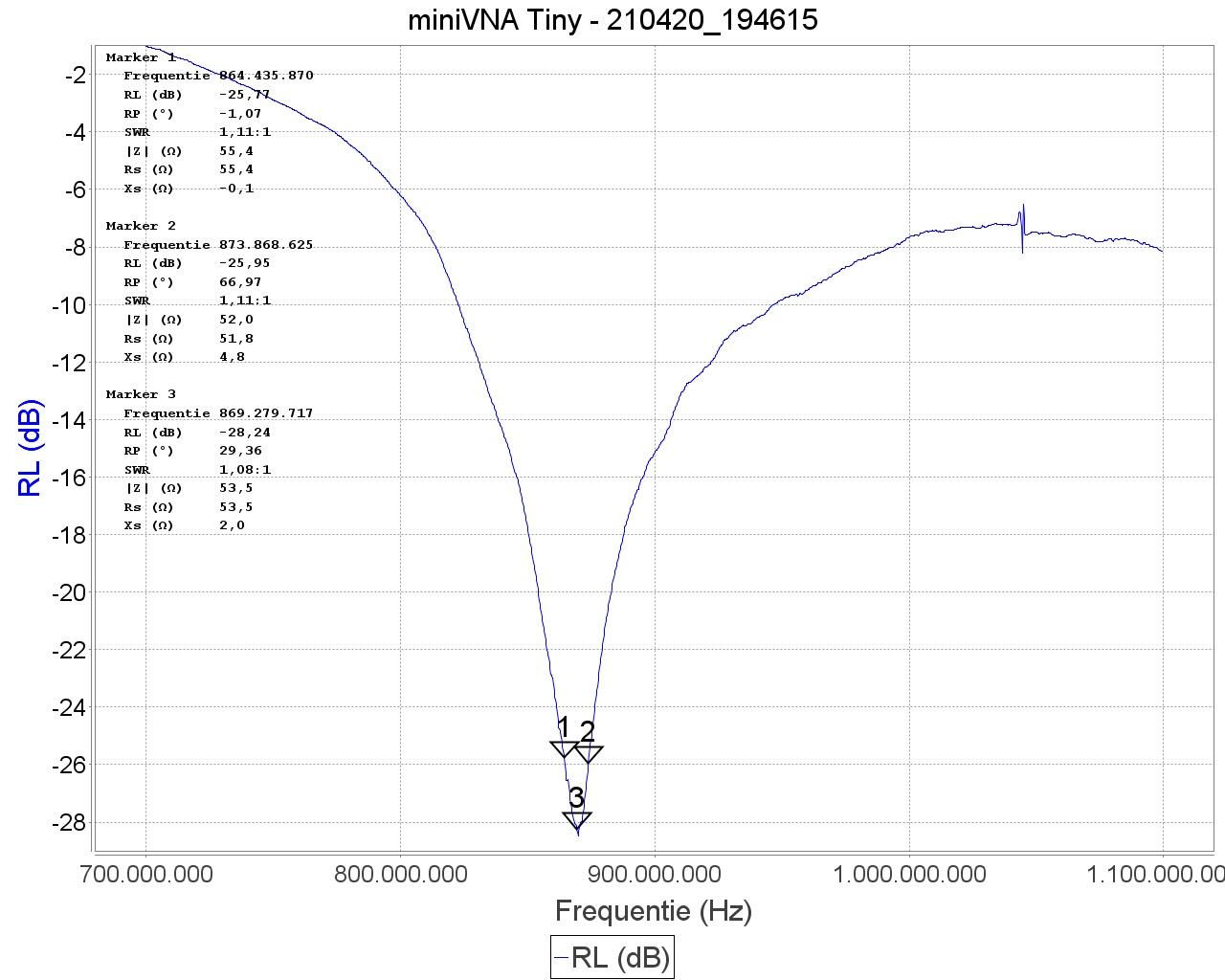
Radio link performance is directly influenced by the quality of the antenna. I know this antenna is performing well.
The only problem left is that the antenna is not waterproof but that can be solved with some Self-amalgamating tape.
Is the 2mm for use with the rubbers or without them?
The 2 mm is without rubbers. With rubbers, you probably need more.
Perhaps a warning to others:
The rubber caps are very firm. When removing the vertical rod, something inside came loose and now the rod can be moved.
BTW the resonant frequency is not the frequency with the best VSWR but the frequency with Xs=0
So is this antenna only suitable for those having the proper RF equipment to measure antenna performance and are willing to tune the antenna themselves (and not a good buy for others)?
Why (and where) is it not waterproof?
No. The antenna is performing well enough for many applications.
That is because the top is hard-plastic and I expect that the capillary effect will allow water to enter. As the internal connector is an F-type (from what I know is this connector 75 ohms, not 50) the water might leak into the coaxial cable connected to it.
No, there is additional length taken from the rods to tune it.
Using OTAA & TTSCE (TTN V3) 

Raspberry Pi Pico (RP2040) + Arduino + MCCI LMIC
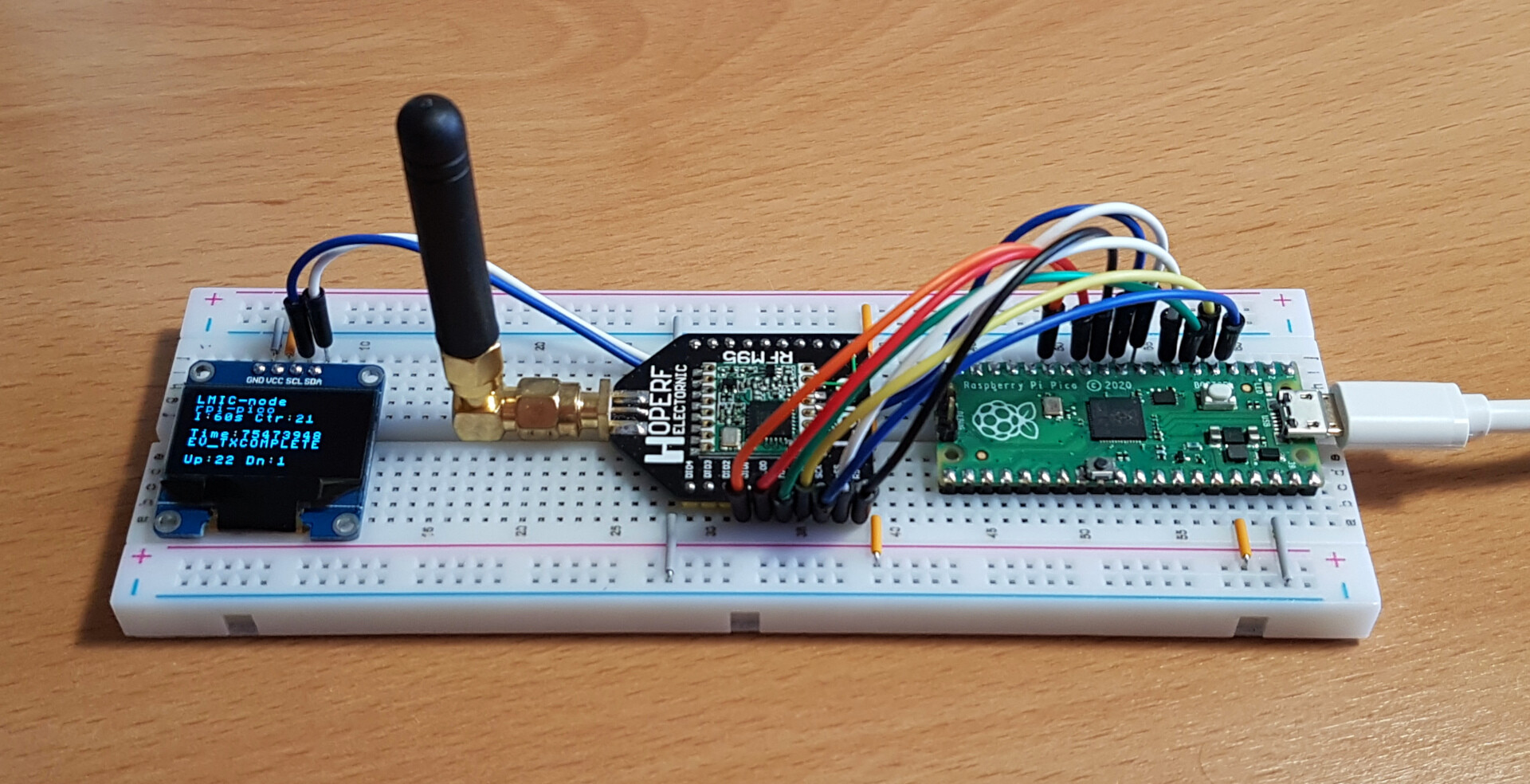
This is one of my Raspberry Pi Pico’s + RFM95 using LoRaWAN to connect to TTN V3.
It runs the LMIC-node example application.
NOT on the WorkBench any time soon …
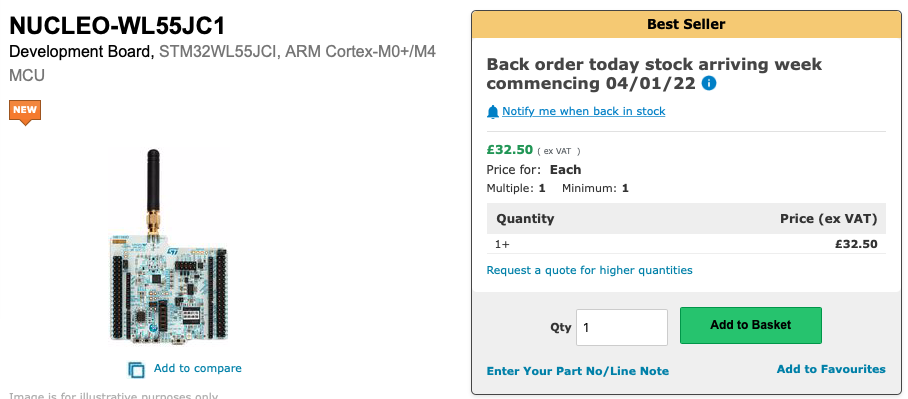
How are you finding the LT-33222? I have a US-915 version that I need to install the AU915 firmware on before I can use it. I’ve got some ideas for agricultural use.
Apparently too cute to send to a customer …
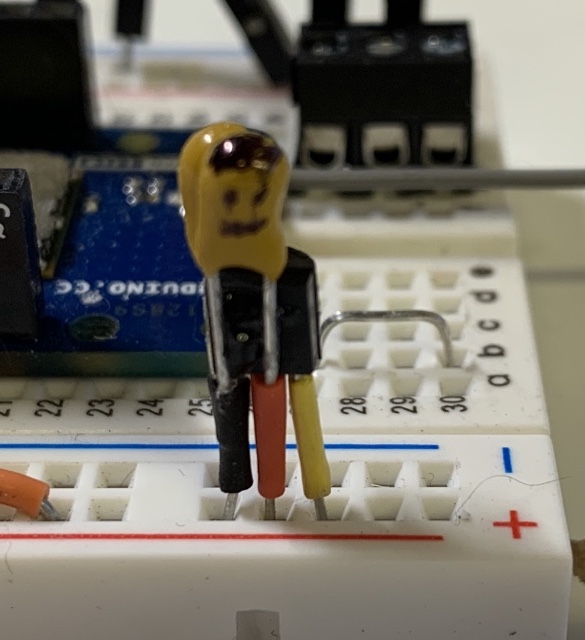
I started from a moteino based, added tpl5110 for managing deep sleep, added place for rfm95w, added place for bme280 ( with polish nails xD) , added patch antenna, those little baby run for 1 year and half now on 2 AAA lithium cells
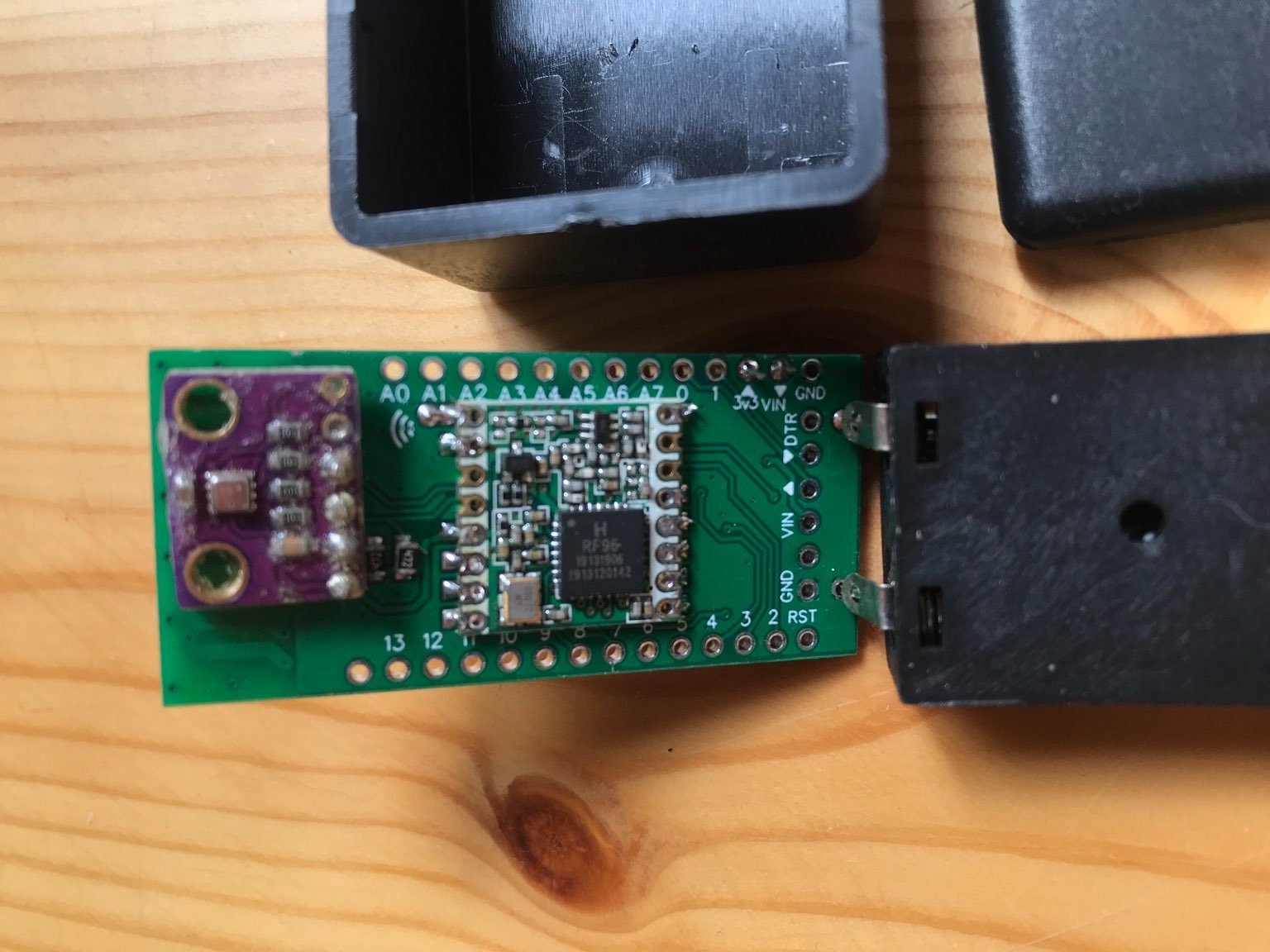
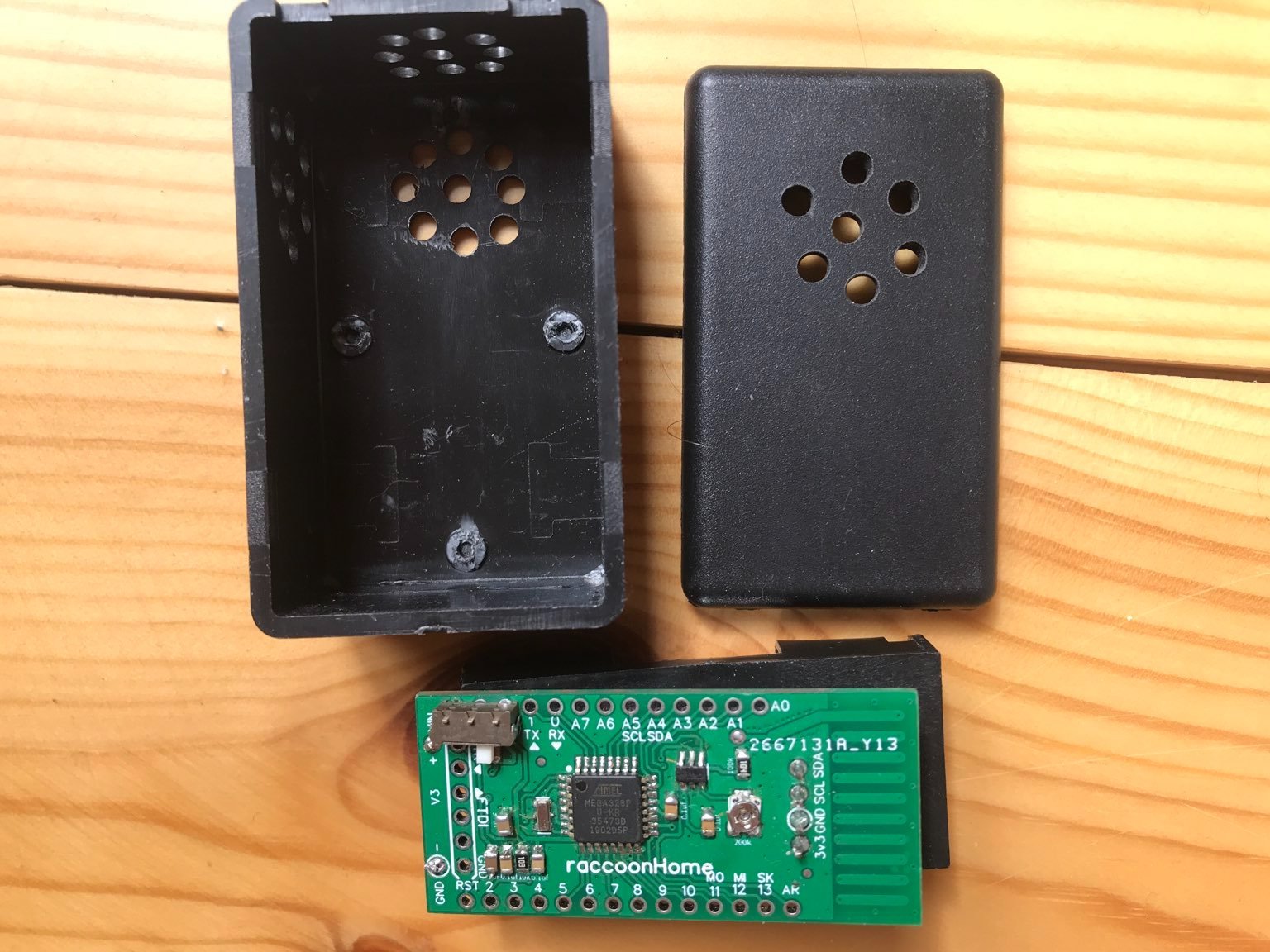
I also made the same but this time adding a mofset to switch off the moisture sensor.
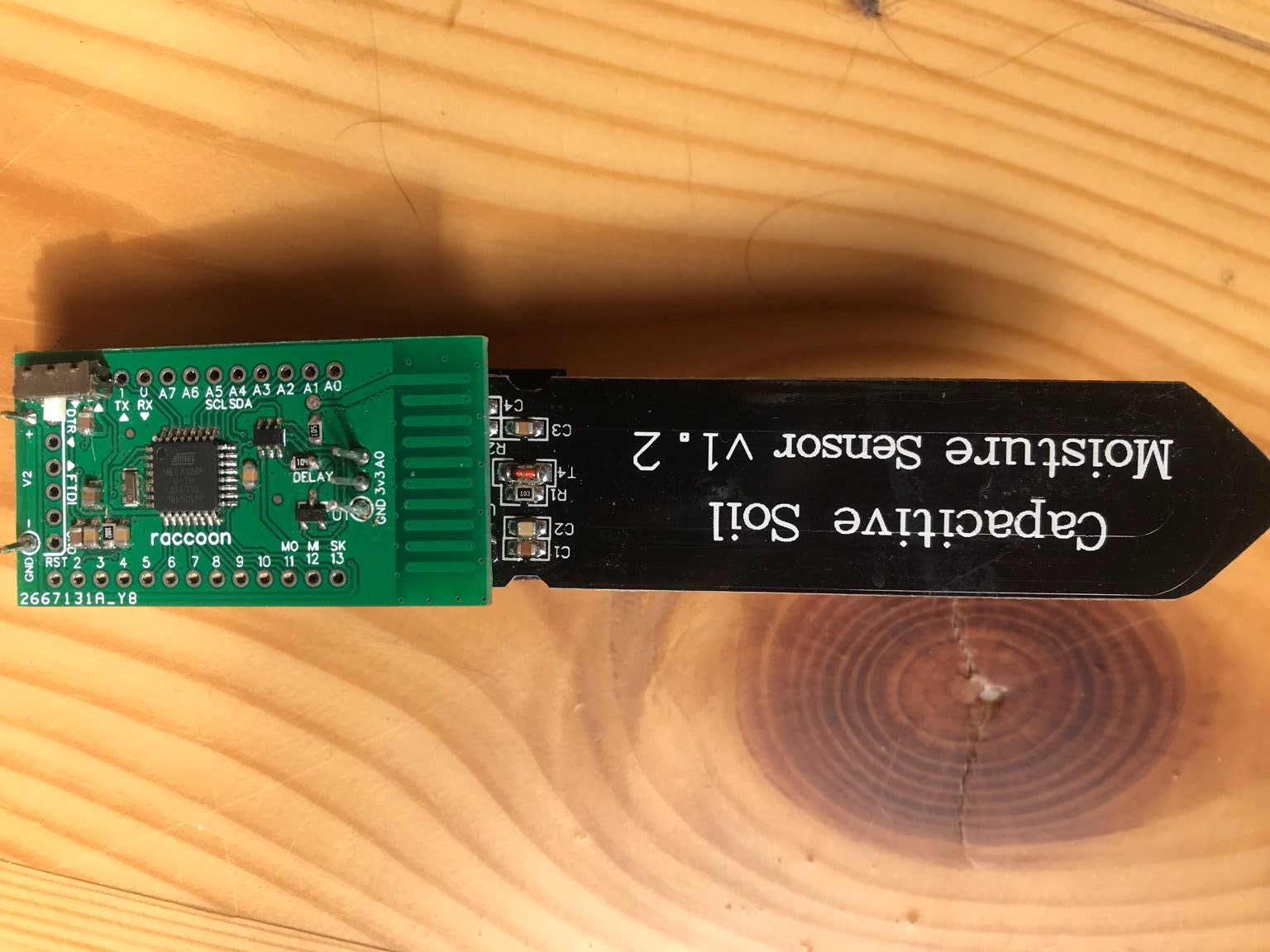
All run on ttn v3, with custom optiboot firm
I can share diagram on easyEDA.
